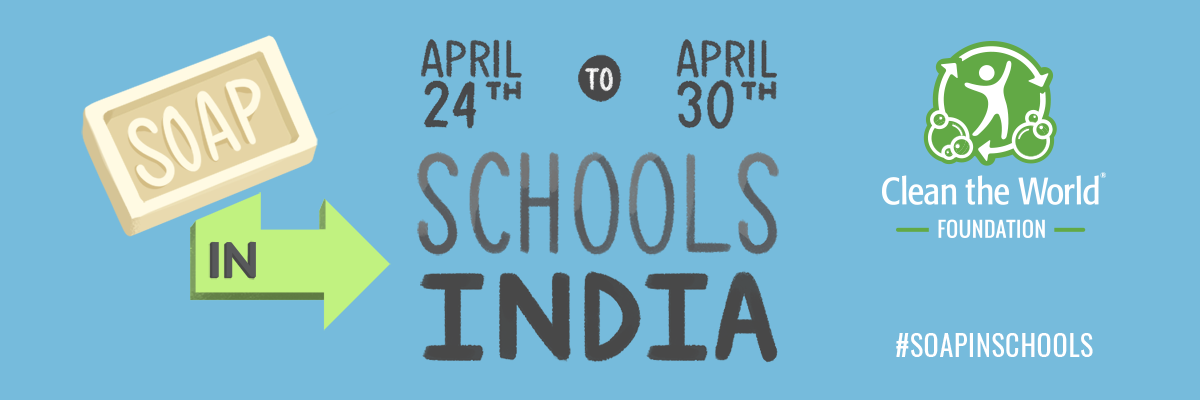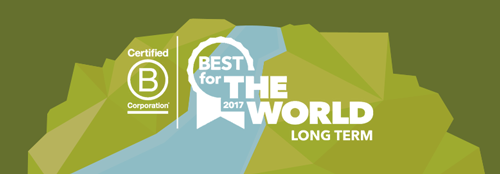Help Bring Hygiene Education to India: Find Out How
Clean the World’s Soap in Schools program will be launching in India, but we can’t make this possible without your support. Our Soap in Schools program began in January of 2016. We visit schools and share our mission to children and families on the importance of hand washing. Our domestic program currently runs in Orlando and Las Vegas, and our international Soap in Schools program finished up in Kenya and is now in Tanzania. We want to broaden our international programs and know that there’s a need for our Soap in Schools program in India.
Below are frequently asked questions to give you an idea about the Soap in Schools program and the impact we plan to make in India:
How many children miss school, and why is this an issue?
- Proper hygiene education and access to soap is the most effective way to prevent common respiratory and diarrheal diseases which cause absenteeism in school children. When students have proper hygiene education and access to soap, they are sick less often and spend more time in the classroom.
- According to a study by Tata Institute of Social Sciences, 54 percent of students miss school due to illness in a single month, and 34 percent of students are unaware of the health benefits of washing their hands.
Why is it important to bring Soap in Schools to India?
- Habitat International conducted a study that showed over 1/3 of the population of Calcutta – more than 1.5 million people – live in slums with little to no access to adequate water, sanitation, and hygiene. In one slum, 3/4 of the primary school children who live in Calcutta suffered from one or more morbidities due to poor personal hygiene, most commonly diarrheal diseases (NCBI/NIH)
- The Bihar State is one of the poorest regions in all of Asia.
- In India, 50 percent of malnutrition is associated with repeated diarrhea or intestinal worm infections from unsafe water or poor sanitation or hygiene (WHO).
- Poor hygiene causes respiratory and diarrheal diseases and impacts nutrition.
Does Clean the World have positive results from other international Soap in Schools programs?
- Yes, we do. In 2016 we launched the Soap in Schools Program in Kenya where there was a big need for hygiene education. Students frequently missed school and sometimes dropped out altogether due to chronic hygiene-related illnesses. After nine months of our hygiene education curriculum, we saw a 56 percent reduction in hygiene-related illnesses and a 45 percent increase in school attendance. The same program was implemented in Tanzania, where we saw a 49 percent reduction in hygiene-related illnesses and a 41 percent increase in school attendance.
How many schools, and how many children will be served in India?
- The Soap in Schools Program in India will be implemented in 12 schools and will serve 5,000 students.
Where exactly would my donation be going?
- Donations will help cover the cost of essential program items like the soap and other handwashing supplies, as well as educational materials which will be used to provide hygiene education to school-aged children.
- $25 allows us to train a teacher on how to instruct proper handwashing
- $50 allows us to serve a whole classroom for an entire month
- $100 allows us to conduct an impact assessment of an entire school
Click Here to Donate to Bring Soap in Schools to India
Written by Gabrielle Lintz, an intern in the Clean the World marketing department.







